Planting Technology Lists
-
How to maintain Jiuli incense bonsai?

Jiuli incense is a subtropical tree species, distributed in the south and southwest of China, like the sun and warm and humid climate, slightly resistant to shade, afraid of cold. It is suitable to be cultivated in deep, fertile, loose and well-drained soil. It has strong germination ability and resistance to pruning. The twigs have obvious axillary buds and the old branches have many adventitious buds.
2019-03-05 -
Can you trim the cuttings if the incense grows too high?
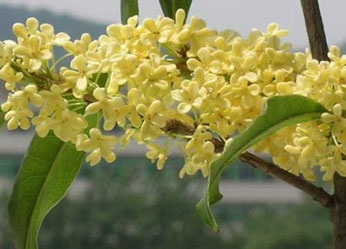
Jiuli incense is too tall to fit indoors. Can it be cut? Can the pruned branches be propagated by cutting? The habit of Jiuli incense is to like warmth, sun and cold. Before "the Beginning of Winter", it is necessary to do a good job of anti-freezing and keeping warm. The plant is too tall and can be pruned. But the branches pruned in winter
2019-03-05 -
Key points of propagation and cultivation of Ivy

Climbing or creeping growth, up to 30 meters long.
2019-03-05 -
How to conserve ivy
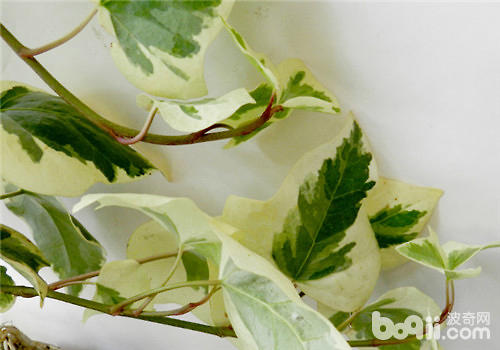
Flower and leaf ivy is a cultivated variety of ivy. This new variety of variegated leaves prefers a humid and semi-overcast environment. The requirement of fertilizer is not high, and it can grow well even if it is not fertilized for a long time. However, if it is fertilized too much, it will grow rapidly and flourish, and the elegant flowers and leaves will disappear and show the common wild green leaves.
2019-03-05 -
How to propagate and cultivate ivy?

The leaf shape of foreign ivy is changeable, the color is rich in variety, coupled with the slender plant, chic posture, often used for hanging cultivation in front of the window, several shelves and cabinets, is a rare indoor hanging beautification plant material. Foreign ivy is native to Europe, especially in England, and enjoys a warm and humid environment.
2019-03-05 -
What are the main diseases and insect pests of daffodils? How to prevent and cure?
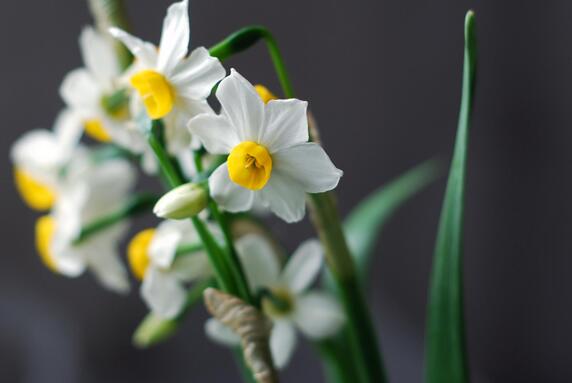
The main diseases and insect pests are large brown spot (spot disease), rot, nematode disease, daffodil fly, acaroid mite and so on. The control methods are as follows: (1) from March to May, spray 700 times of 75% chlorothalonil wettable powder every 10 days, or 100 times of Bordeaux solution.
2019-03-04 -
Sword orchid corm rot

[distribution and damage] corm rot is an important disease in sword orchid, which occurs to varying degrees in different places. It is reported that the sword orchid of flower growers in various flower beds and suburbs of Guangzhou is more common, and the damaged bulbs, leaves and leaf sheaths rot and die. [symptoms] the disease mainly occurs in the lower tissue of the plant.
2019-03-04 -
Control methods of Leaf spot of Cymbidium
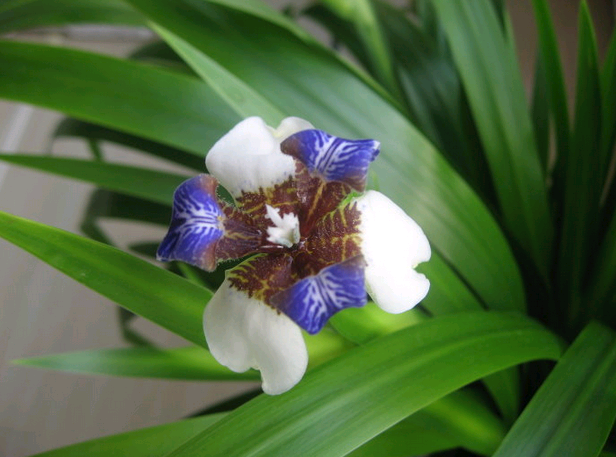
Symptoms: the disease spot on the leaf is reddish brown, the edge color is deep and the middle is light, nearly round, 1-5 mm, the disease spot can heal into large patches, and in severe cases, the disease spot is covered with the whole leaf, and the leaf withered early. Pathogen: Cercosperasp, Cercospora. Conidiophores pale brown, apex nearly colorless, septate
2019-03-04 -
How to breed daffodils?
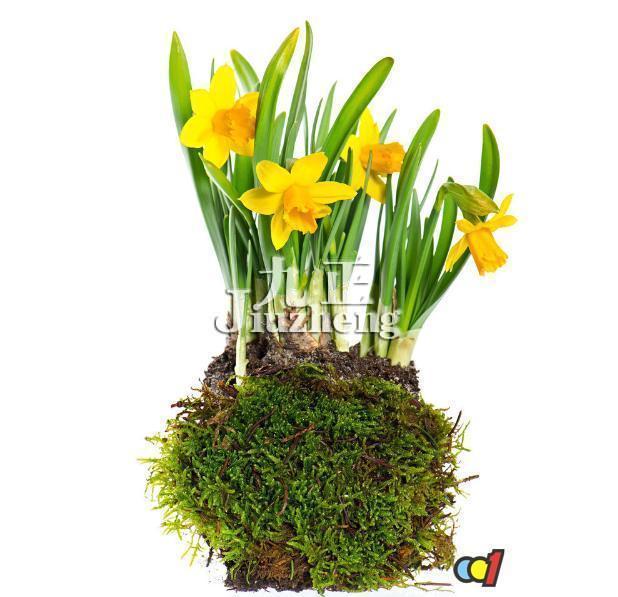
Daffodils mainly have lateral buds, lateral bulbs, double-scale propagation and tissue culture. The main results are as follows: (1) when castration bulbs are used for lateral bud propagation, the lateral buds wrapped inside are dug out and used as propagation materials. In autumn, the lateral buds are scattered evenly on the finished surface and covered with a thin layer of soil. The front of the front of Danzah should be watered thoroughly
2019-03-04 -
What are the common plant diseases in the integrated control of plant diseases and insect pests? Prevention and control of anthracnose of hyacinth

[symptoms] cause the leaf tip to die or produce large brown spots on the leaf surface and petals. Mainly damage leaves and pedicels. Leaf infection, the disease spot mostly occurs on the back of the leaf, the primary brown edge is not obvious round disease spot, showing a wheel-like expansion, the edge is purple-brown, the center is light brown, and there are small black spots in the later stage of the disease.
2019-03-04
